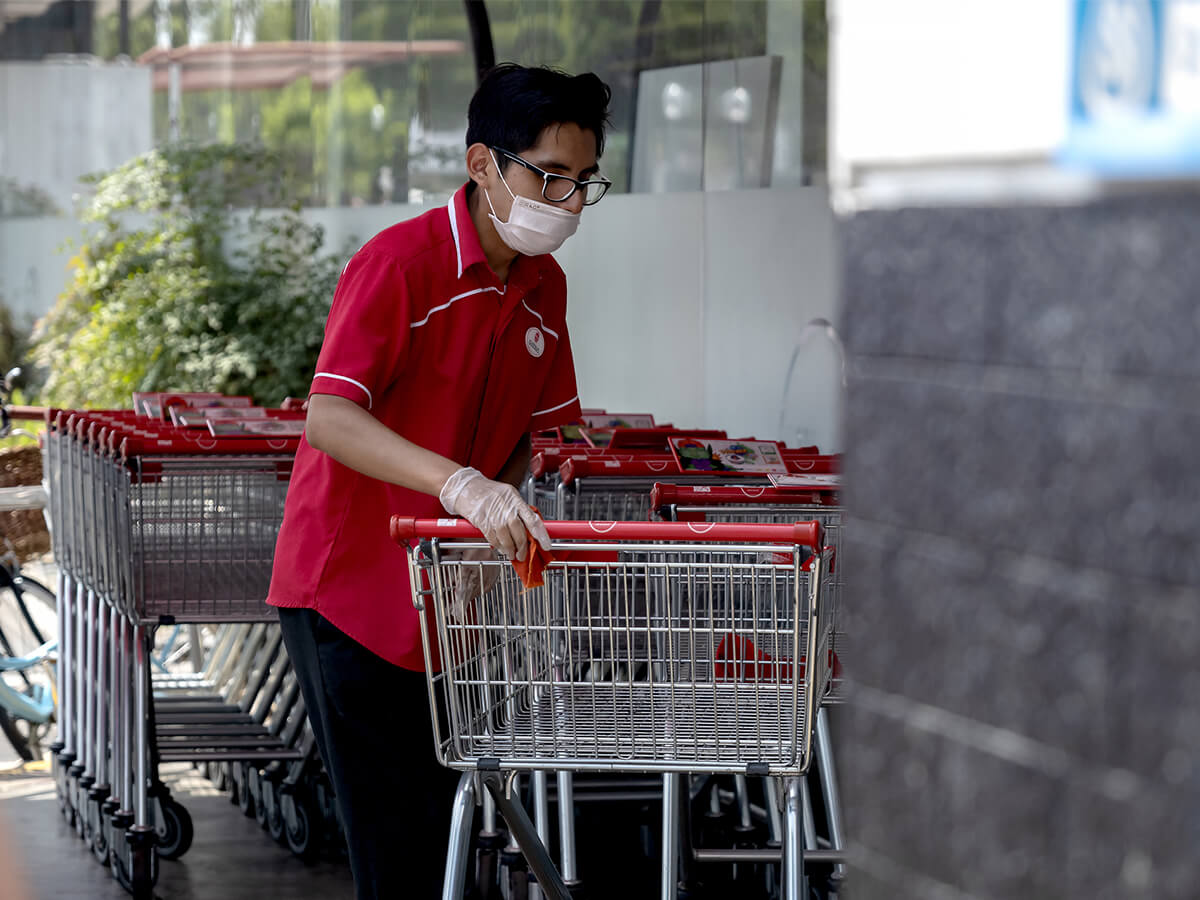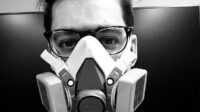As American COVID-19 cases and deaths continue to rise, the most recent CDC reports and breakdowns on who is most at risk for COVID-19 show that four groups have suffered disproportionately high infection and death rates: non-Hispanic American Indians or Alaska Natives and non-Hispanic Black persons, followed by Hispanic or Latino persons.
It’s important to note that the CDC has collected race and ethnicity data for approximately half of America’s reported COVID cases. Also, the CDC’s June 2020 data sets do not reflect the most recent pandemic spikes in states such as Florida and Texas.
Meanwhile, a study by the Yale University School of Medicine’s Equity Research and Innovation Center, which estimated age-adjusted disparities in population mortality rates, show that Black populations have a 3.57 times higher risk of death (than white populations), while, for Latinx populations, the COVID death risks are 1.88 times higher. In some U.S. cities and counties, the infection rate for Black Americans was much higher than their U.S. population share and in comparison to the rates for white Americans.
COVID’s disproportionate devastation among communities of color is rooted in many systemic and long-standing factors—including uneven or reduced access to medical care, unstable and multi-generational housing, and co-occurring (non-COVID) health conditions. However, public health experts report that, while comorbidities and medical inequities may explain higher hospitalizations or death rates, they cannot account for higher race- and ethnicity-based exposure or infection rates.
Essential Workers and Exposure to COVID-19
By April 20, 2020, in an effort to control the COVID pandemic, 42 U.S. states had issued stay-at-home orders, including requiring many American workers to telecommute from home. This lockdown order did not apply to sectors of the economy that were deemed “essential,” such as child care, construction, critical retail (including grocery stores), frontline healthcare, social services, and other service-based industries that were allowed to stay open as normal. However, for employees working these essential jobs, nothing was or would be normal—at least in terms of their own and their families’ health safety and their increased exposure rates to the coronavirus.
Frontline workers often work part-time or hold down two or more jobs. Their per-hour pay is typically less than that of “white collar” workers. They also have either no or very high-deductible employer-sponsored health insurance plans. These jobs are disproportionately filled by immigrants and persons of color. According to census reports, 43% of frontline workers are non-Caucasian.
COVID-19 work exposure risks and rates were higher in some essential industries and work sites than others. In Massachusetts, for example, three Walmart retail stores had to temporarily close after 27 employees tested positive and one worker died. Meanwhile, according to the Food and Environment Reporting Network, more than 36,000 American meat processing and farmworkers have tested positive for COVID-19 and at least 116 have died.
Another Work-Related COVID-19 Risk: Commuting by Public Transit
How essential workers travel to and from their jobs also contributes to their disproportionately high rate of exposure to the coronavirus. According to the Pew Research Center, only 11% of Americans consistently use public transportation, and most of those who travel by bus, train or rapid transit live in densely populated urban areas. Americans who are lower-income, Black, Hispanic, and immigrants are much more likely to rely on public transportation which makes it difficult or impossible to practice or maintain CDC-recommended social distancing.
Work as a Social or Disease Determinant
As America re-opens its offices, schools, entertainment sites and non-essential services, many economists predict that we have created a “new normal,” or a more flexible future for how and where we will work, commute and balance our jobs with family care.
However, for almost half of Americans, our employment has now become more than a demographic information entry on our electronic medical record (EMR) at the doctor’s or health provider’s office. Instead, for frontline workers, work is a key determinant in how and if we can control our own and our families’ exposure risks to COVID-19 and other transmittable diseases.




